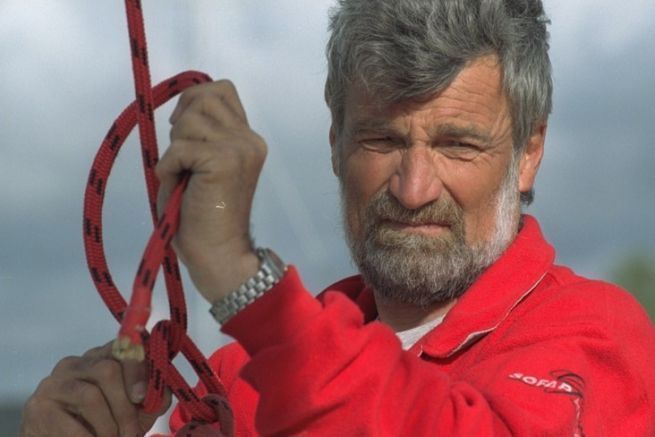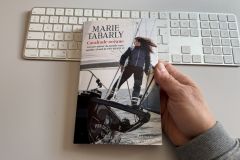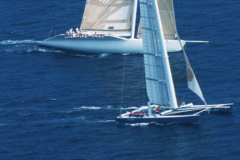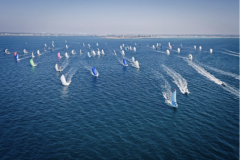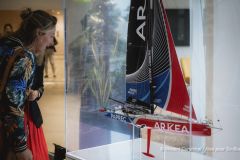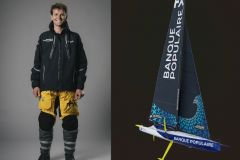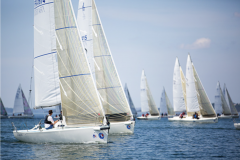Jean-Luc Van den Heede: mathematics teacher, lecturer, sailing instructor at the Glénans, singer in a rock band. A man with a capital H, who loves his fellow man and lives his family life in the calm of Les Sables d'Olonne, far from the hustle and bustle of Parisian life. Jean-Luc is one of those men who makes the sea, simple and captivating, affordable and fair. Luminous too. Knight of the Legion of Honour since 2004, Mr Van den Heede is one of those men who are a priori inaccessible to the common man. Then, at the first word exchanged, he has the ability that only the great possess, he considers all humans on an equal footing.
Because you never quite come back from a race like the Vendée Globe, we wanted to exchange with the man nicknamed VDH, the sensations of the former participant.
"The first Vendée Globe were races for adventurers."
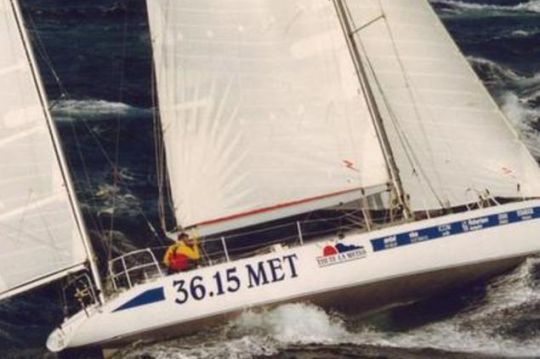
For a sailor with a track record like his, what can a race like the Vendée Globe, which he has lined up at the start twice, reasonably represent? " Which Vendée Globe are we talking about? The first ones, such as those I experienced, were populated by friends, who almost all had boats that were fairly similar in technical terms, at least to each other. They were wise boats. The objective was not to go at full speed, but to arrive. Ashore, everyone called us crazy. To sail around the world alone with boats like these seemed like a challenge. There was a certain fairness in the race so, as proof, the first 5 arrived 5 days in a row, so much so that the real discriminating factor was in the strategy of the skippers, not in the intrinsic capacities of the boats. The first Vendée Globe races were adventurous races, no doubt a bit crazy. Some of them had their share of problems, like Alain Gautier or Jean-François Coste, and arrived a little later than us. But all of them made it back ashore, in spite of the retirements [Editor's note: Six dropouts out of 13 starters] ...without too much breakage. That's the most important thing. "
Permanent evolution of sailing boats
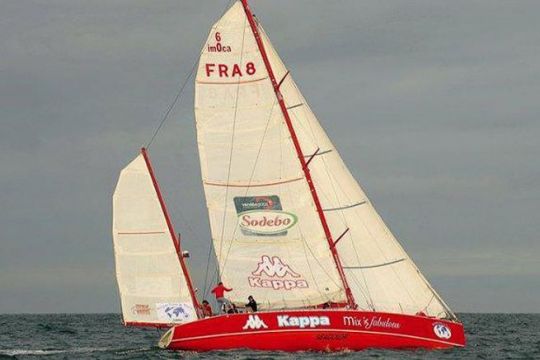
On the evolution of the boats, the navigator explains " Man feels the need to evolve, in everything. He wants to go faster, higher or further. It's the same with ocean racing. Carbon has appeared. The ketches have totally disappeared. So have the steel shrouds. Then the canting keels, the foils. Racing has become the preserve of those who have the financial means to build the most technological boat. The thinking heads of the boats are technicians, engineers, people with sensors, computers. Fortunately, the legs, the sailors, remain on board, shaken and battered as always. And even more so, the faster it goes, the more uncomfortable it gets. "
About the boats themselves and the spirit of the race?
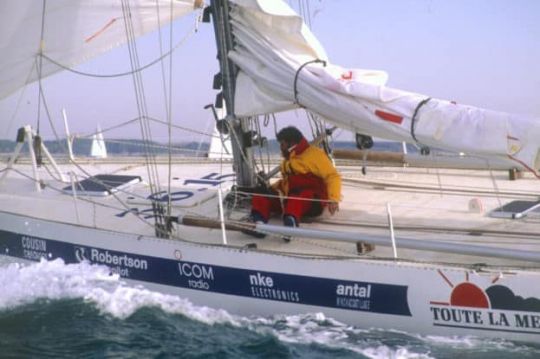
" The boats are radically different, so don't compare. One thing has changed, but it's in the logical order. There's no longer the spice of the unknown from the first edition. We know what the budget is to be ranked. The rest is a question of how the tool that is the sailboat is handled by its worker. "
Funding is the lifeblood of the race
Money, the nerve of the competition, explains VDH: "Money, the nerve of the competition, explains VDH: " Today, I am saddened by the fact that money is racing. The result depends on the money we found. Nothing is ever written in advance, anything can happen along the way. But the actual race starts well before mid-November, in the bankers' offices, with the search for the huge amount of money needed to build these boats. You can't put a ceiling on the budgets allocated to the boats. It wouldn't make sense, because the value of a boat changes over time, regardless of the technology. I don't want to and can't give advice to the organizers. "
Risk-taking exists and has always existed." The runners are taking huge, ever-increasing risks, with their eyes glued to computer screens that report measurements, pressures or stresses from more than 300 sensors [Editor's note As on Hugo Boss]. These screens or indicators do not minimize the risks taken by humans on board the boats, the race remains beautiful and impressive. You have to know how to propel your boat with an iron hand in a velvet glove. "
